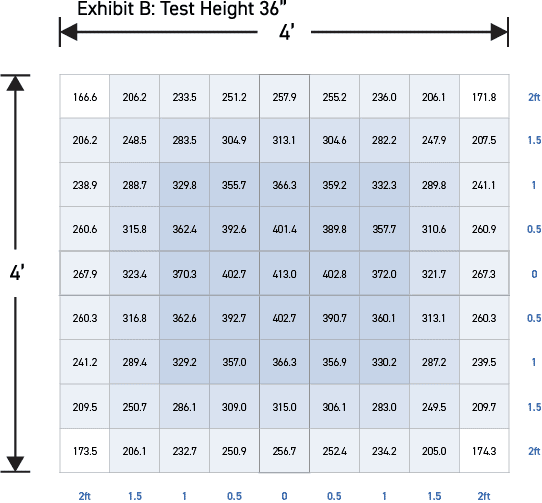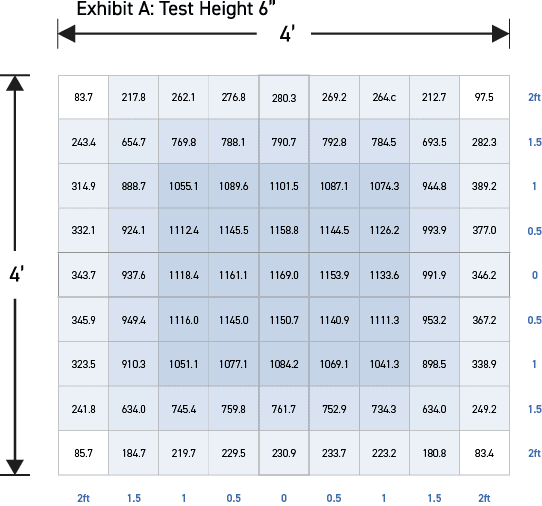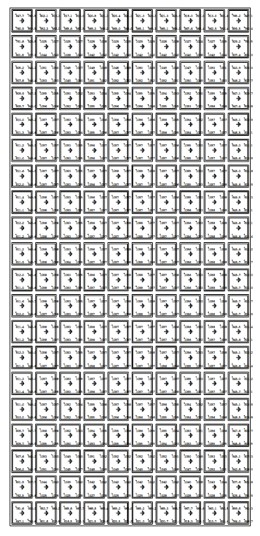Best Practice in Selecting A Grow Light
MAKE SURE ALL TESTING IS DONE BY A THIRD-PARTY LABORATORY
If a manufacturer is providing only their own, internal performance test results, these values may not be indicative of a product’s true performance statistics. Data can be easily distorted by
- The tested sample area
- An uncalibrated meter
- An old or damaged battery
Test results from an independent third-party laboratory mitigates these issues, and should be made available to you upon request.
If a manufacturer is unwilling to provide independent third-party test results to compare with their published ones, this is a red flag and indicates discrepancies between the internally tested and third-party tested values.
IF POSSIBLE, PERFORM A TEST GROW IN YOUR FACILITY
Independent third-party performance test results are an excellent place to start, but they do not give you a complete picture of what you can expect in your actual grow environment.
For example, an independent third-party PPD test result does not factor in the cumulative effect of an area full of grow lights. Photosynthetic Active Radiation (PAR) overflow from multiple lights in one space can often spill over into the adjacent area, thereby increasing the averages from what would be measured in a single luminaire test. Testing this spill-over effect will provide a more accurate measurement of what you can expect in your grow area(s).
Reflective surfaces will also factor into the equation. For example, a room painted with white surfaces will have higher recorded light levels than a room with gray concrete floors, unpainted block walls, and an aluminum ductwork ceiling.
Nothing takes the place of your own test grow as long as the variables remain consistent between each testing area. The plant’s strains, water nutrients, and air circulation must remain the same between tests for accurate results. Test your light and spectrum with the strain you are most likely to grow with before purchasing.
REQUEST SUPPORTING DOCUMENTATION
If you don’t have the luxury of time or if your facility is not complete, performing a test grow may be difficult. If this is the case, you can request supporting documentation directly from the grow light manufacturer.
This can often be in the form of a testimonial from a customer with a similar facility (with contact information provided) or a white paper.
ENSURE PROPER INTERPRETATION OF PHOTOSYNTHETIC PHOTON FLUX DENSITY (PPFD) CALCULATIONS

EXHIBIT A | Test Height 6”
Maximum PPFD: 1169
Minimum PPFD: 83.4
Average PPFD: 686.9
Power: 652.3

EXHIBIT B | Test Height 6”
Maximum PPFD: 413
Minimum PPFD: 166.6
Average PPFD: 291.8
Power: 652.9
Although all of these PPFD calculations were made by an independent third-party testing facility using the same SpecGrade 652-Watt Verta-8 luminaire, the actual calculations vary significantly.
While Exhibit A and Exhibit B both measure a 4’x4’ area, the average PPFD level drops by 58% when the light is raised over the canopy from 6” over the canopy to 36”.
The maximum PPFD drops 283% from a high of 1169 in Exhibit A to 413 in Exhibit B. Using the chart in Exhibit A, you can discern that the PPFD reached that level only in one place because the light was within only 6” of the canopy.

EXHIBIT C | Test Height 36”
Maximum PPFD: 1058
Minimum PPFD: 646.7
Average PPFD: 1003
Power: 652.9
However, when a whole room’s PPFD is calculated at 36” over the canopy, the average PPFD value (using the same Verta-8) increases by 364% from 291 in Exhibit B to 1058 in Exhibit C. This increase is directly attributable to the multiple spillage effect of 200 illuminated grow lights along with the room’s surface’s reflectivity properties.
The Avg PPFD/Min PPFD metric is important in denoting the PAR uniformity ratio. A ratio of <2.0 denotes excellent uniformity resulting in an even distribution of PAR, which in turn leads to uniform plant yields across a room.

